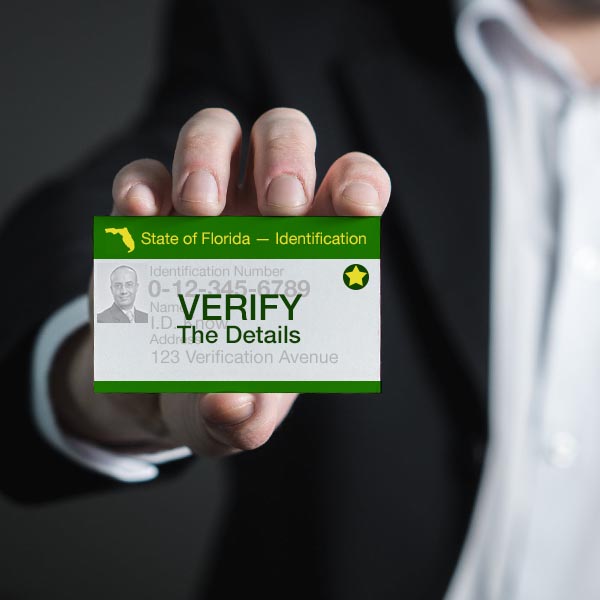THE MCCABE MINUTE
Verifying the Signer’s Identity
Of all the laws that notaries must beware of, the most important yet most frequently broken one is the requirement to properly identify the signer.
 Proper identification is not optional; it’s the law. Furthermore, it goes to the most basic reason for the existence of notaries: ensuring that the signer is indeed who they claim to be. Perhaps of more importance is the fact that making note of the pertinent details from the signer’s identification enables you to locate them in the event a problem should arise, thus mitigating the threat of liability.
Proper identification is not optional; it’s the law. Furthermore, it goes to the most basic reason for the existence of notaries: ensuring that the signer is indeed who they claim to be. Perhaps of more importance is the fact that making note of the pertinent details from the signer’s identification enables you to locate them in the event a problem should arise, thus mitigating the threat of liability.
What Is Required?
The state of Florida requires the following information about your signer be recorded on the notarial certificate:
- You may state that you have “personal knowledge” of the signer’s identity, indicating that you have had a long acquaintance with them and leaving no room for doubt. Bear in mind that each time you do this, you are placing yourself in jeopardy. I recommend against it. I know of one notary who even has his employer (yes, the one who signs his paycheck) produce his ID for each business notarization. This inspires confidence in his employer that he does all his work as meticulously.
- Enter the name of the agency which issued the ID. For example, it could be the State of Florida. Note: There are ten forms of ID and two alternatives that are recognized by Florida law. You can read about these in another “Minute.”
- Enter the form of identification that the signer is presenting. The most common one is a driver license.
- Enter the identification number.
- Enter the identification’s expiration date. Note: The ID must be current or have been issued within the last five years – even if the ID is no longer valid – whichever is longer.
Is There Anything Else I Should Know About Identifying My Client?
Once you have completed the notarization and your client has walked out the door, you have no idea who they are or where to find them should a problem arise unless you have used a journal. I strongly recommend that you purchase a journal (also called a recordbook) and use it for every notarization you perform.
Look for a journal with spaces for the signer’s name, signature, address, and phone number, the type of notarization performed, the date of time of notarization, the fee paid, the date of the document itself, and the four pieces of information that were entered onto the notarial certificate on the document. If there is a designated space, you may also ask your signer to affix his thumbprint using an inkless thumb printer. This cannot be required but it can be valuable. You can read about it in The Notary Checklist in another “Minute.”

